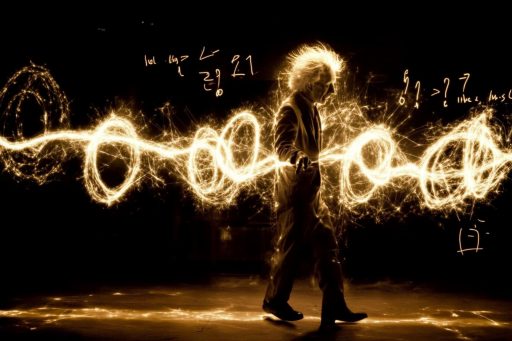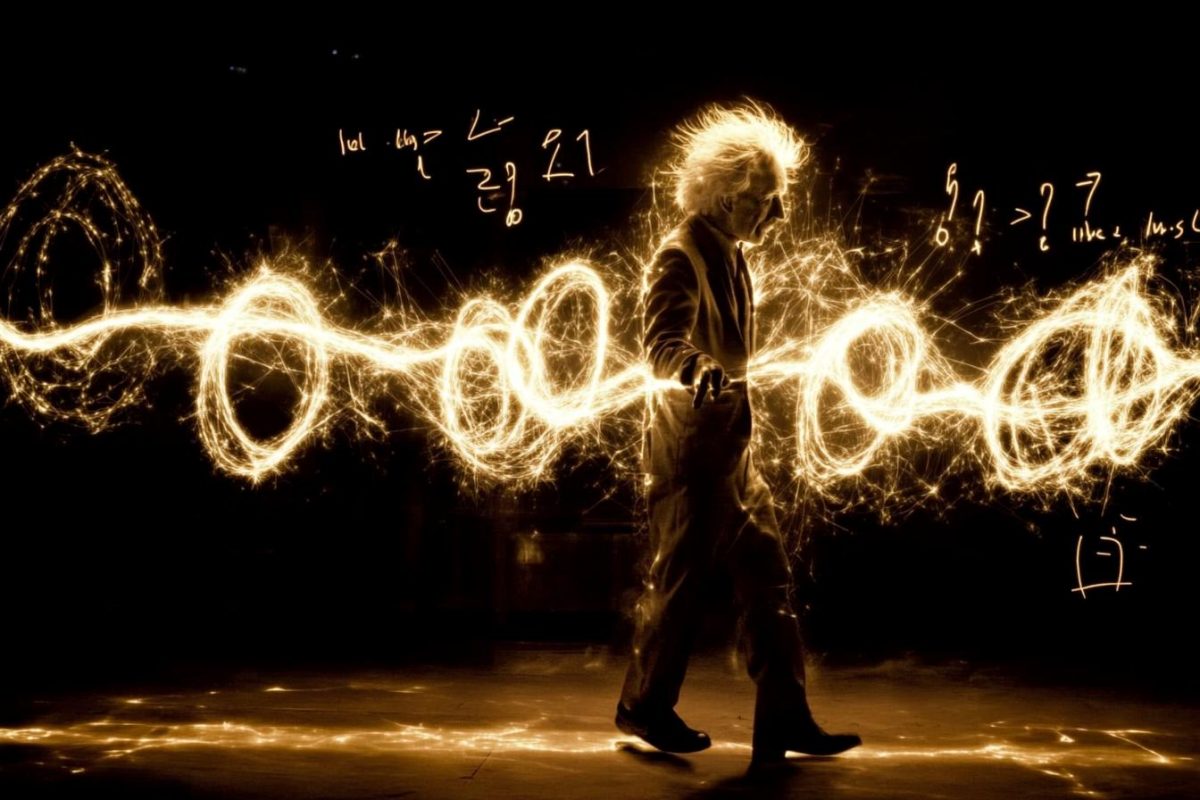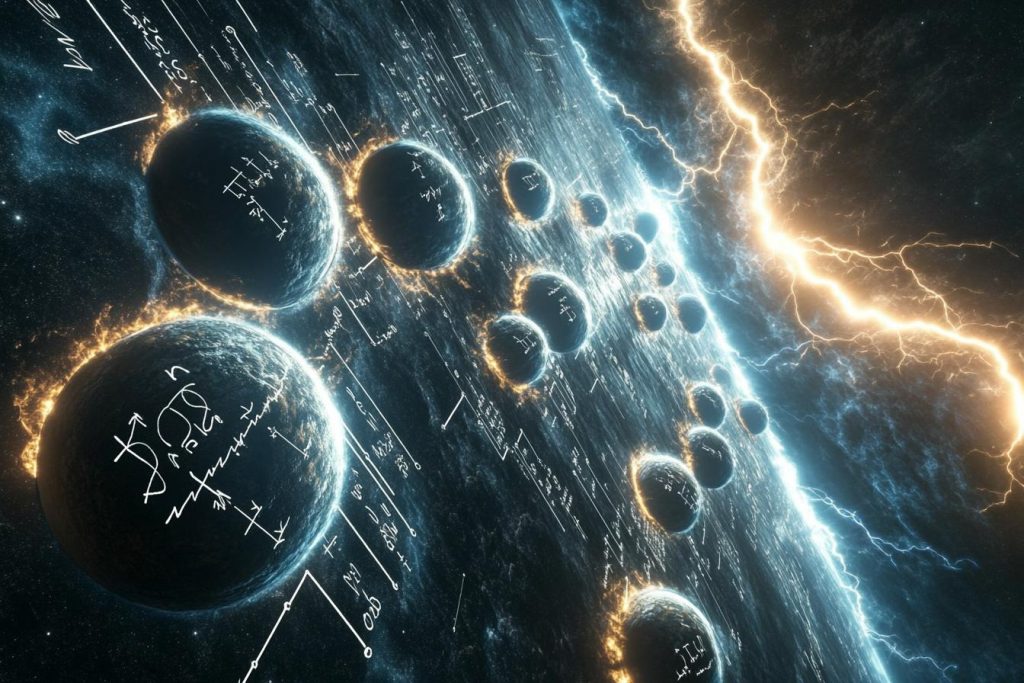
Physics isn’t just about chalkboards and equations—it’s about revelations that ripple through science, technology, and even how we understand our place in the cosmos. Some discoveries upend everything we thought we knew, forcing both scientists and the public to reimagine the rules. These breakthroughs didn’t just make headlines—they shifted the very foundations of reality. From the quantum to the cosmic, each one continues to make waves long after the initial discovery.
The Theory of Relativity

Albert Einstein’s theory of relativity transformed our understanding of time, space, and gravity. It revealed that time is not absolute, but relative to the observer’s motion and gravitational field. This mind-bending idea led to practical applications like GPS and paved the way for modern cosmology. It wasn’t just a theory—it was a seismic shift in how we perceive reality.
Quantum Mechanics

At the smallest scales of reality, particles don’t behave like solid objects but like probabilities. Quantum mechanics introduced a world where electrons can be in multiple places at once, and particles can instantly influence one another across vast distances. It defied common sense but proved indispensable for developing technologies like semiconductors and lasers. Its mysteries still challenge the brightest minds today.
The Higgs Boson Discovery
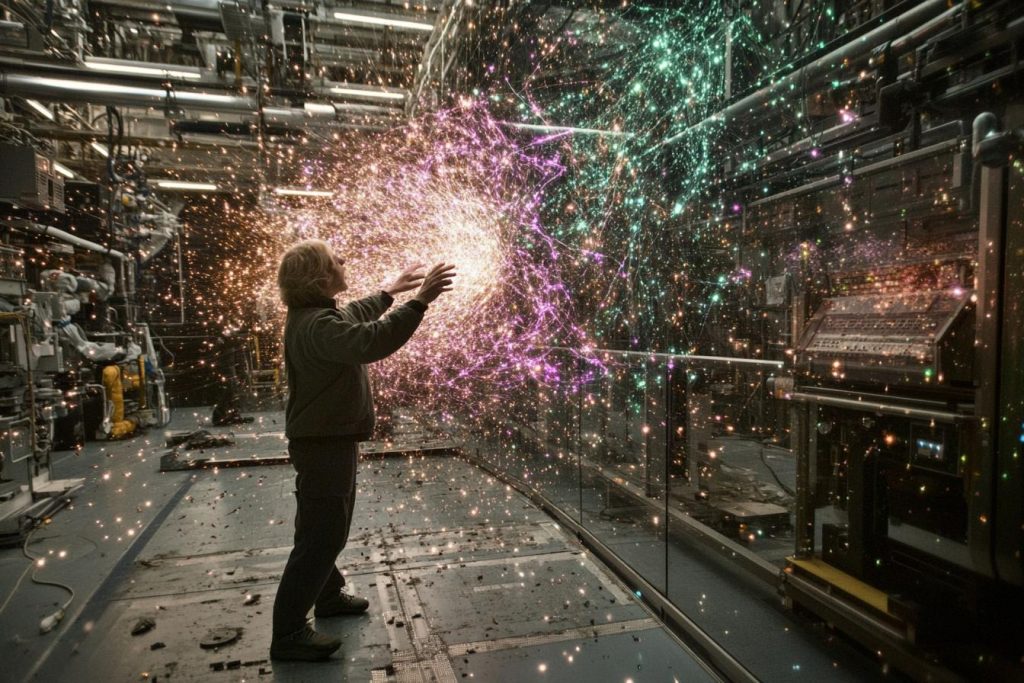
Sometimes called the “God Particle,” the Higgs boson was the final missing piece in the Standard Model of particle physics. Its discovery at CERN’s Large Hadron Collider confirmed the mechanism by which particles gain mass. It was a triumph decades in the making and proved the predictive power of theoretical physics. The find also opened doors to exploring physics beyond the known model.
Superconductivity

Superconductivity is the phenomenon where certain materials conduct electricity without resistance at extremely low temperatures. First discovered in 1911, it seemed like a strange curiosity—until scientists began to harness it for powerful magnets, maglev trains, and even quantum computers. The hunt for room-temperature superconductors continues and could revolutionize energy transmission. It’s a reminder of how strange physics can become incredibly useful.
Wave-Particle Duality

One of the core paradoxes of quantum mechanics is that light and matter behave both like waves and particles. The famous double-slit experiment showed that observing a quantum system changes its behavior. This challenged the deterministic view of classical physics and introduced the concept of quantum uncertainty. It remains one of the most philosophically profound discoveries in science.
Gravitational Waves

Einstein predicted them, but no one could detect them—until 2015, when LIGO observed ripples in spacetime caused by colliding black holes. Gravitational waves confirmed a major aspect of general relativity and opened a new era of astronomy. We can now “listen” to the universe in ways never before possible. It’s a whole new sense for exploring the cosmos.
Quantum Entanglement
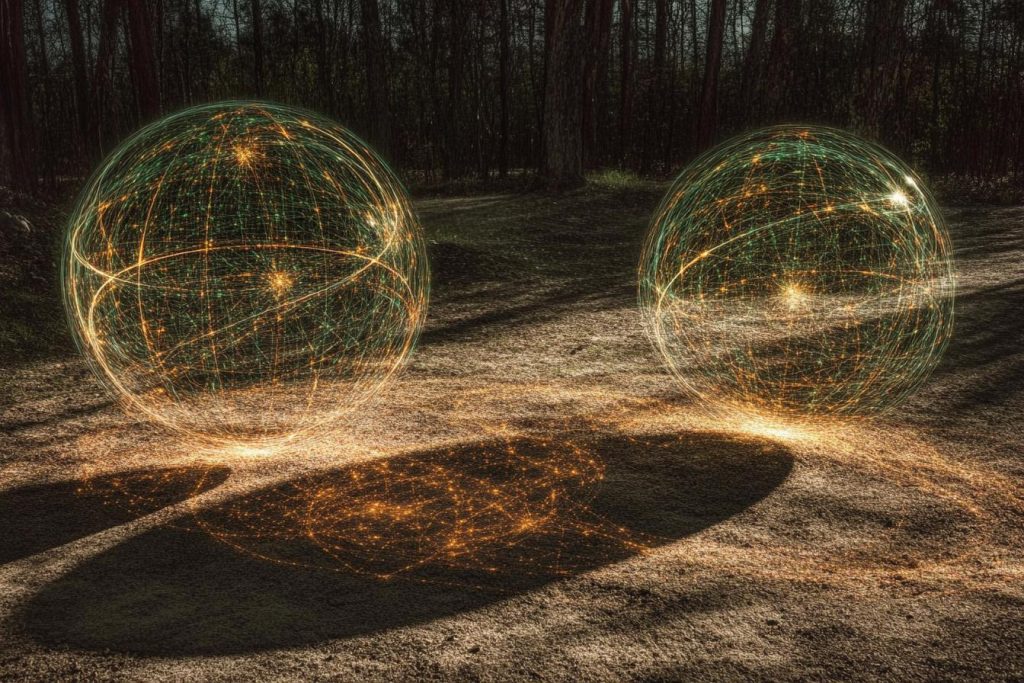
Described by Einstein as “spooky action at a distance,” entanglement links particles so that their states are instantly connected, no matter the distance. It’s not just weird—it’s been experimentally verified and is now a cornerstone of quantum computing and encryption. The phenomenon suggests information can defy conventional limits. It continues to spark debate about the nature of reality itself.
The Photoelectric Effect

Einstein won the Nobel Prize not for relativity, but for explaining how light can knock electrons off a metal surface. This discovery proved that light is quantized into packets called photons. It validated the quantum theory and had a huge impact on electronics and solar energy. A simple observation unlocked a new realm of understanding.
Black Hole Thermodynamics
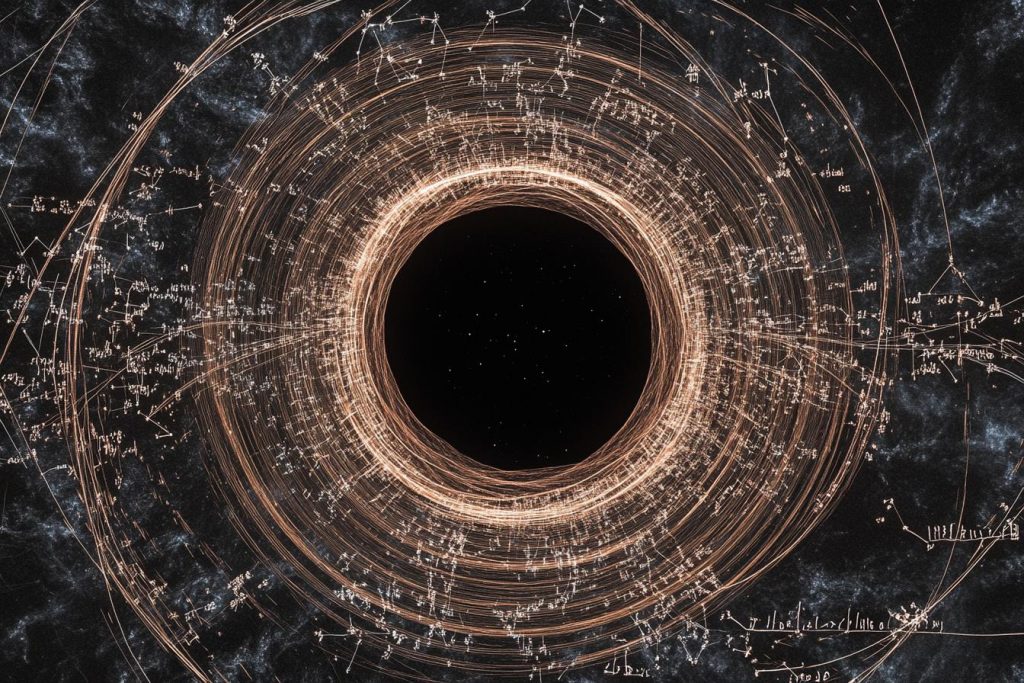
Physicist Stephen Hawking showed that black holes aren’t entirely black—they emit radiation and slowly evaporate over time. This merged the fields of quantum mechanics, general relativity, and thermodynamics in a groundbreaking way. It also raised deep questions about information loss in the universe. What began as a thought experiment became one of the most intriguing frontiers in physics.
The Discovery of Antimatter
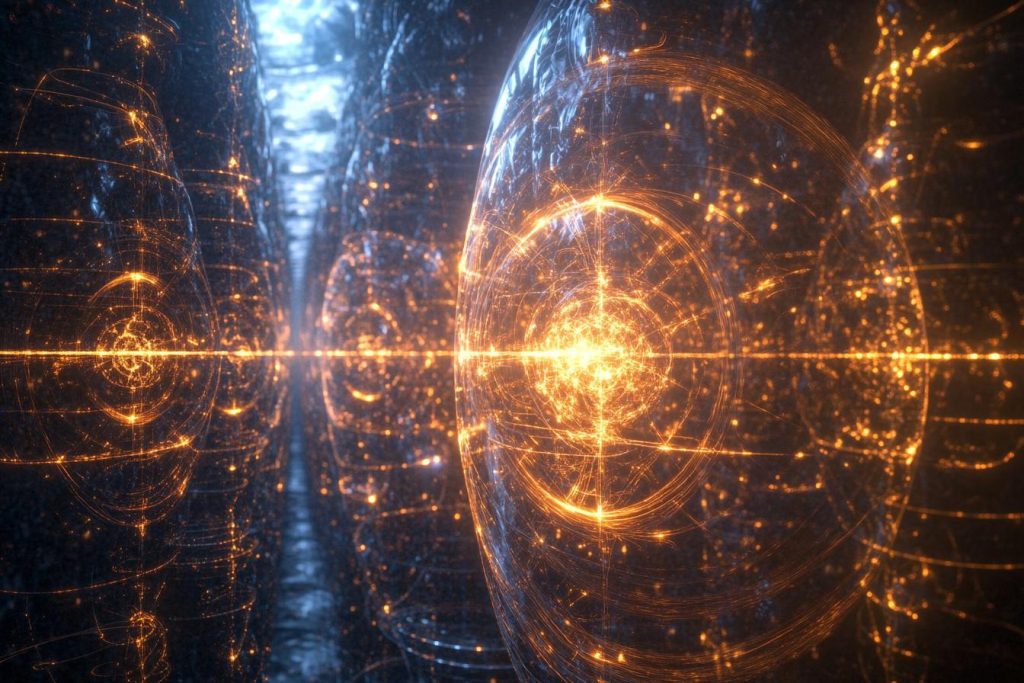
Paul Dirac’s equations predicted the existence of particles that mirror regular matter—antimatter. When matter and antimatter meet, they annihilate in a burst of energy. This discovery not only confirmed the symmetry of nature but also has potential for energy production and medical imaging. Yet, the universe’s apparent lack of antimatter remains a cosmic mystery.
The Standard Model

This framework organizes all known subatomic particles and the forces acting between them—except gravity. The Standard Model has proven incredibly successful in predicting particle interactions and experimental results. It’s a physics triumph, though scientists believe it’s incomplete. Discovering what lies beyond it is one of the great quests in modern science.
Time Dilation Verified by Atomic Clocks

Einstein’s claim that time moves slower at high speeds or in strong gravity was once theoretical—until atomic clocks confirmed it. Planes flying at high altitudes experience time slightly differently than clocks on Earth’s surface. These effects are real, measurable, and now crucial for technologies like GPS. It shows that time is not as fixed as it seems.
Discovery of Cosmic Microwave Background Radiation

This faint glow detected across the universe is the leftover heat from the Big Bang. It provided strong evidence that the universe had a beginning and has been expanding ever since. Mapping this radiation has given scientists a snapshot of the early cosmos. It’s like hearing the after-echo of creation itself.
Rewriting the Rules of Reality

Physics is more than a body of knowledge—it’s a process of peeling back layers of the universe to reveal deeper truths. Each of these discoveries didn’t just make waves; they redrew the map of what we thought was possible. In some cases, they raised more questions than they answered, pushing the boundaries of imagination and reason alike. In a world shaped by forces both seen and unseen, physics continues to be the sharpest tool we have to explore the unknown.

